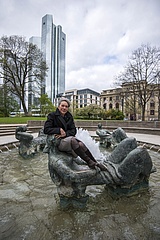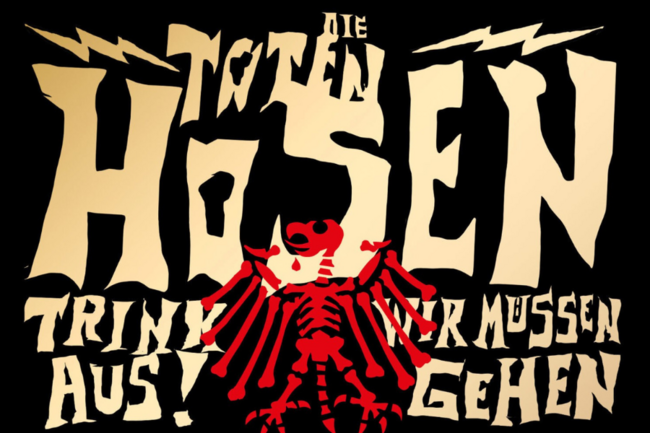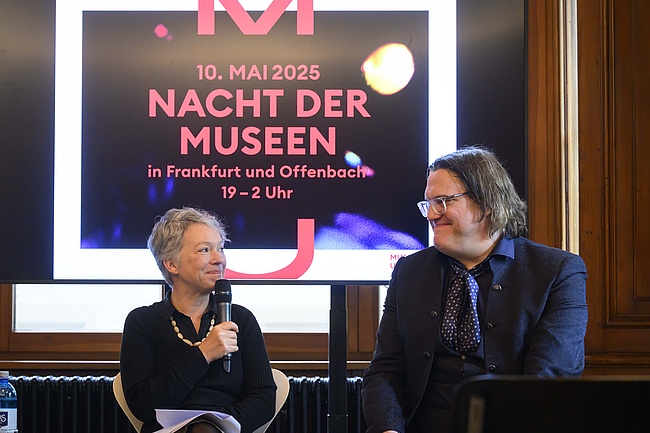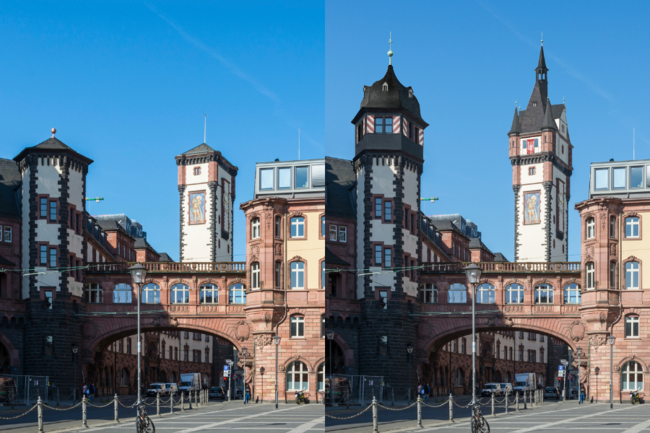(kus) From Easter to October - on Thursday, April 6, Frankfurt's fountain season officially kicked off. Head of Culture Ina Hartwig released the water at the Marshall Fountain in the Taunusanlage. By the end of next week, the other fountains in the city will also be running again. There are 150 fountains in Frankfurt, 110 of which are looked after by the culture department, the other 40 are in the care of the green spaces department.
The Marshall fountain was built in 1963 in the Taunusanlage on the axis to the Opernplatz. In 1970 it disappeared - the site was needed for storage of material for the construction of the subway. Its water has been splashing again since May 1984, and in 2016 it was thoroughly renovated as part of the City of Frankfurt's fountain program.
The fountain was created by Munich artist Toni Stadler - he taught sculpture at the Städelschule for several years - and is dedicated to former American Secretary of State George C. Marshall. The bronze figures were cast in Munich in the workshop of Hans Mayr. The young sculptor Slago Oblak assisted with the transfer of the plaster models.
Aglaia, Hegemone and Euphrosine
The Marshall fountain is made of bronze and shell limestone and lies in a depression with steps leading down to it. Three reclining bronze female figures are arranged around the bubbling fountain in the circular basin. They represent the Graces Aglaia, Hegemone and Euphrosine from Greek mythology. Johann Wolfgang von Goethe has them speak the following words in the imperial palace scene in his second part of "Faust": "Aglaia: Grace we bring into life; Put grace into giving. Hegemone: Put grace into receiving, Lovely is the wish attain. Euphrosine: And in silent days, Most graceful be thanksgiving." This dialogue can be read on a stone slab at the fountain. The second inscription is a dedication to George C. Marshall: "Thanks and lasting memory to George C. Mashall who, as Secretary of State of the United States, announced the European reconstruction program to the American government. The resulting Marshall Plan of 1948-52 brought our country, which had been devastated, back to life. Frankfurt in October 1963."
On the History of the Marshall Fountain
The Frankfurt Chamber of Commerce and Industry, shortly after the death of George C. Marshall in 1959, suggested that a Marshall memorial be erected in Frankfurt and commissioned the fountain. The city provided a site opposite the ruins of the opera house in the Anlagenring for the planned memorial, and Frankfurt companies donated over 100,000 marks within a very short time. A monument was to be erected which would express in a simple, emphatic and comprehensible form the feeling of gratitude for the aid given after the Second World War and keep alive the memory of the person of George C. Marshall and his humanitarian deeds. In early February 1962, sculptor Toni Stadler was awarded the contract in a competition. Stadler depicted in the fountain the three graces as they appear in the second part of Goethe's "Faust". They symbolize giving, taking and giving thanks. In this way they recall the Marshall Plan and its idea of banishing hunger, poverty, despair and chaos in Germany. This plan is equally the starting point of Stadler's artistic conception. The fountain is a reminder of what was and what is. The ceremonial unveiling took place on October 27, 1963, in the presence of the wife of Secretary of State Marshall, who had already died, and was a political and festive event the likes of which Frankfurt had not seen since the end of the war. No other work of art erected in public in Frankfurt after 1945 has evoked such a great response. In droves, the people of Frankfurt flocked to the fountain, grumbling and discussing the three Graces in the water. Tempers calmed down, and today the fountain is considered a "classic" work of modern art












